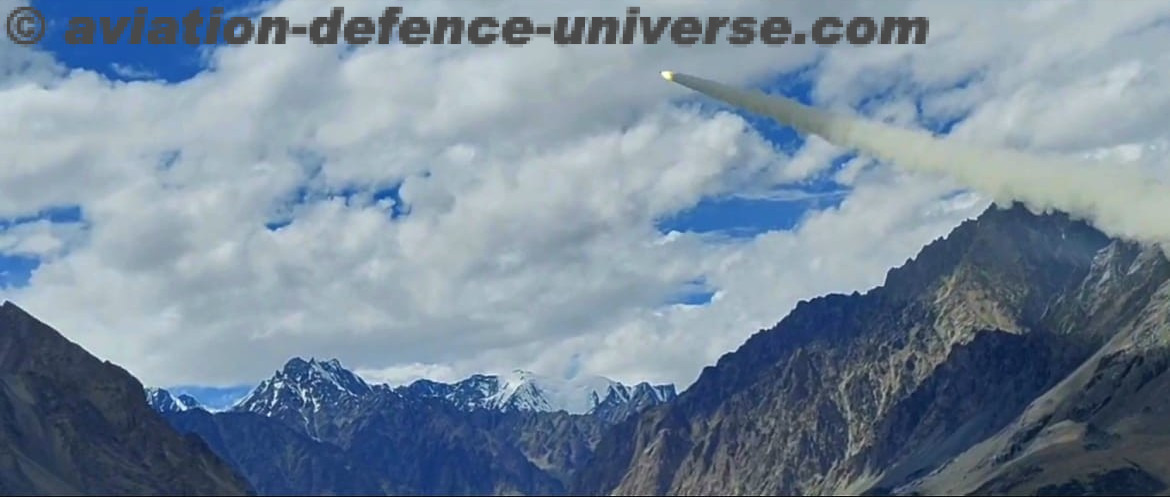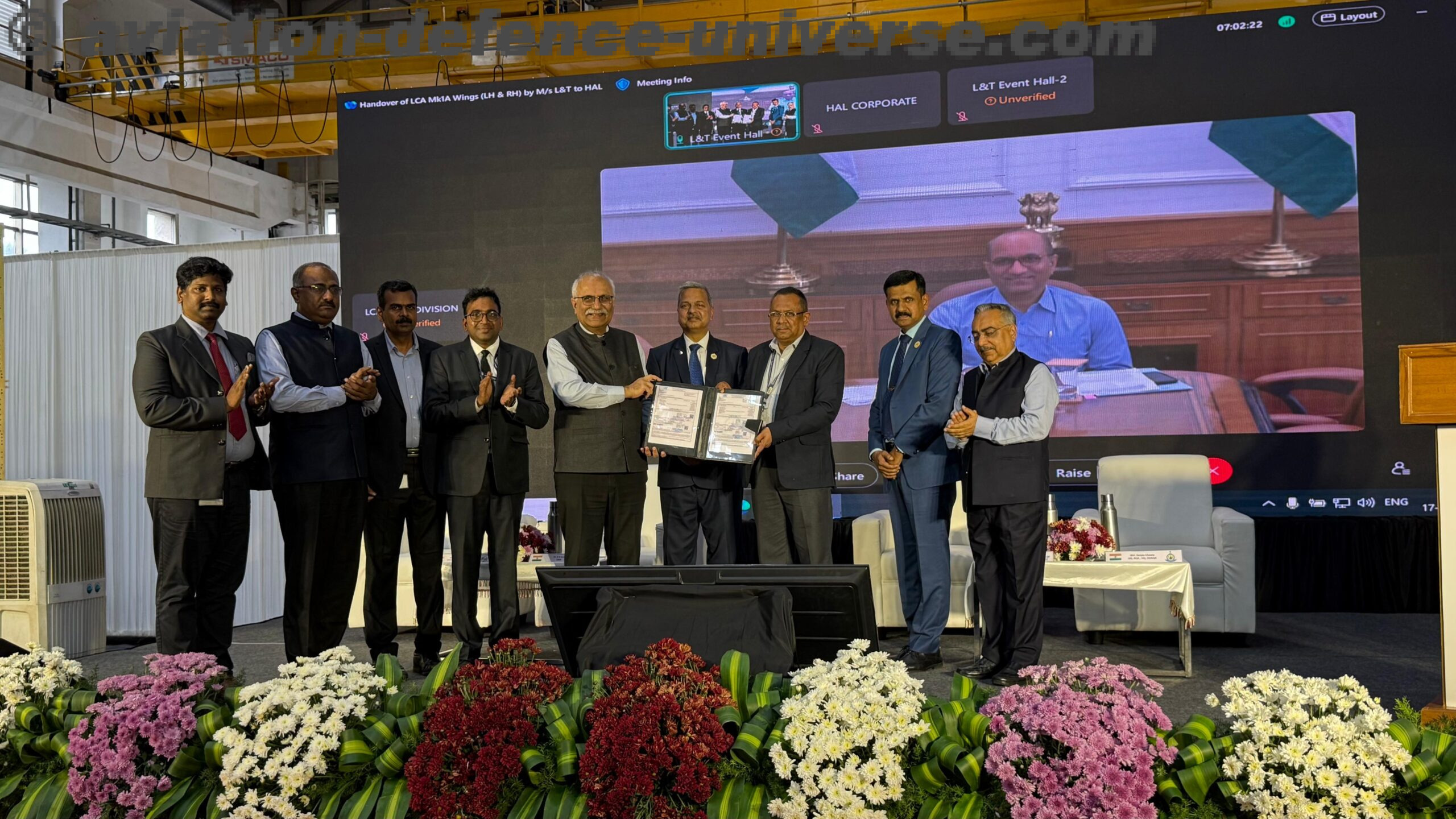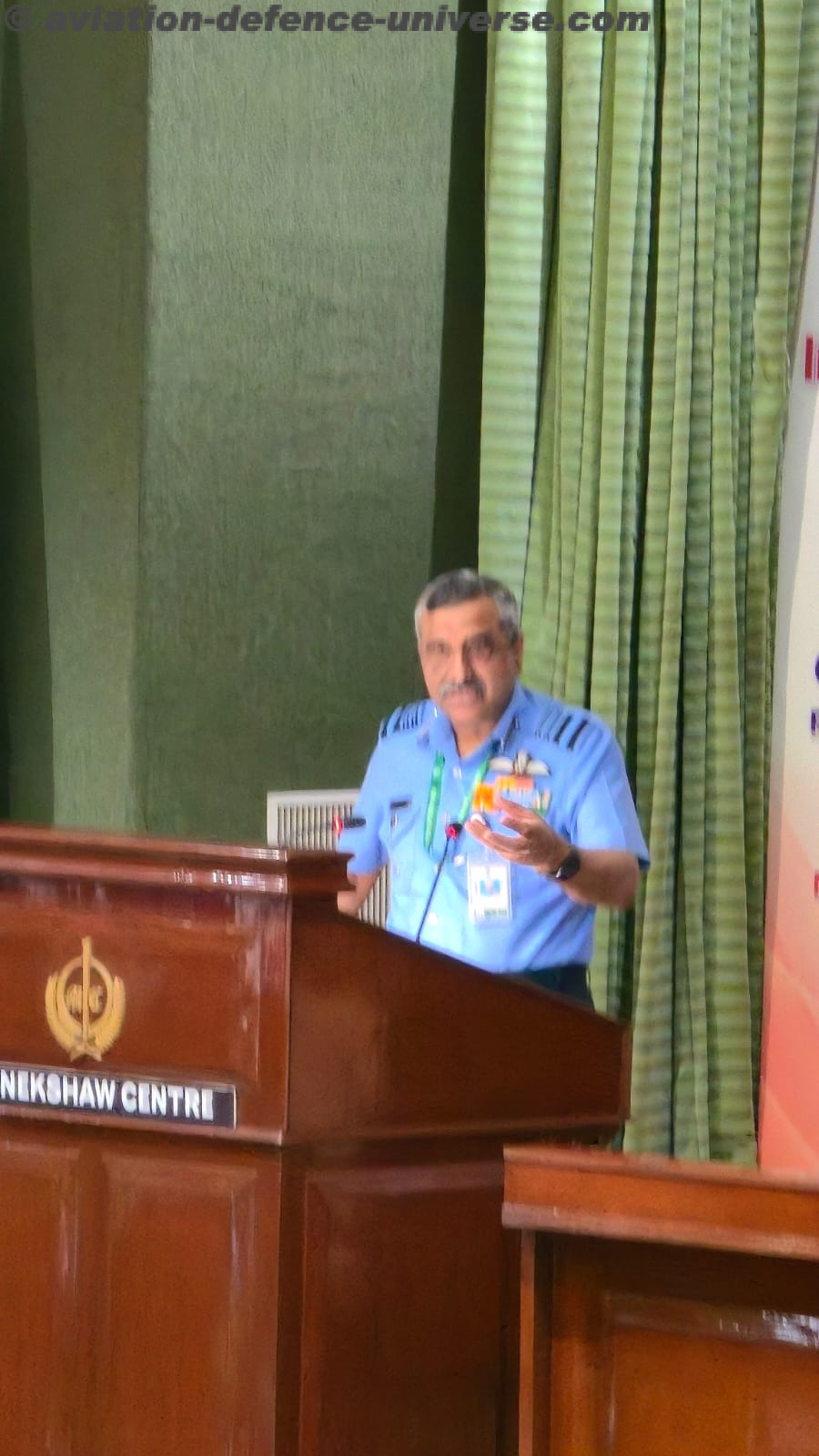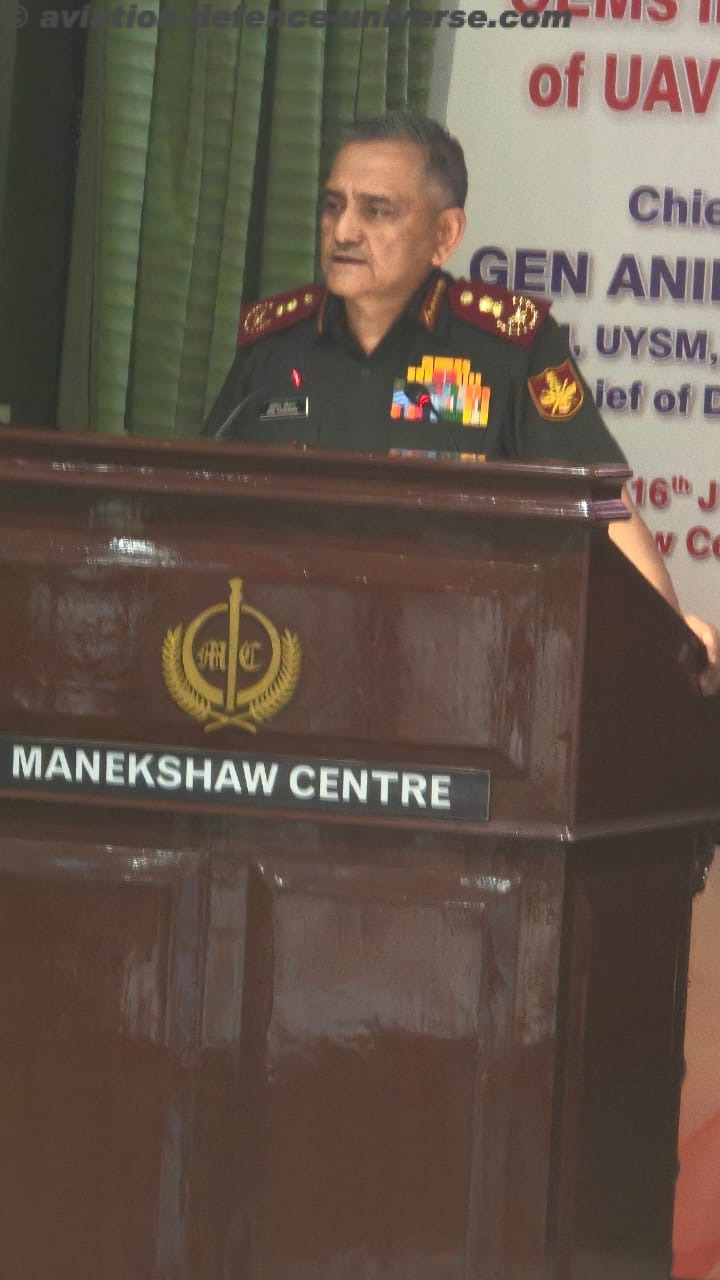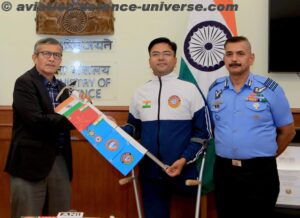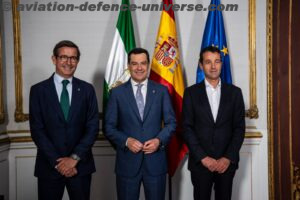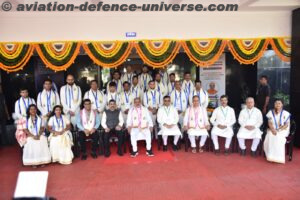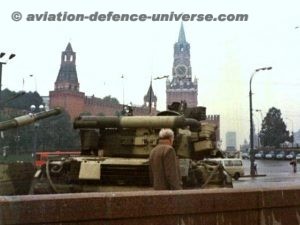
dissolution of USSR
New Delhi. 26 December 2020. Russia to USSR and back to becoming Russia – the day today rekindles a lot of memories. Geopolitics of the post world war II which saw the rise of the bipolar world, division of Germany , then reunification of the two Germanys which led to the collapse of the iron curtain and finally the fall of the greatest power Union of Soviet Socialist Republics(USSR), made the twentieth century the most action packed.
The USSR popularly called the Soviet Union was dissolved on December 26, 1991, as a result of declaration no. 142-Н of the Supreme Soviet. The declaration acknowledged the independence of the former Soviet republics and created the Commonwealth of Independent States (CIS), although five of the signatories ratified it much later or not at all. On the previous day, Soviet President Mikhail Gorbachev, the eighth and final leader of the Soviet Union, resigned, declared his office extinct, and handed over its powers – including control of the Soviet nuclear missile launching codes – to Russian President Boris Yeltsin.
That evening at 7:32, the Soviet flag was lowered from the Kremlin for the last time and replaced with the pre-revolutionary Russian flag. From August to December of 1991, all individual republics, including Russia itself, seceded from the union. The week before the union’s formal dissolution, 11 republics signed the Alma-Ata Protocol formally establishing the CIS and declaring that the Soviet Union had ceased to exist. The Revolutions of 1989 and the dissolution of the USSR signaled the end of the Cold War and left the United States as the world’s only superpower.
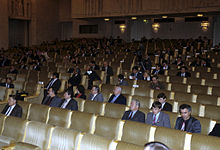
Parliament’s session
Lets understand what led to his great dissolution which changed the geopolitics of the world totally’
- Since 1985, General Secretary Gorbachev instituted liberalizing policies broadly referred to as glasnost and perestroika. As a result of his push towards liberalization, dissidents were welcomed back in the USSR and pro-independence movements became more vocal in the regional republics.
- Gorbachev continued to radically expand the scope of glasnost during the late 1980s, stating that no subject was off limits for open discussion in the media.
- On March 17, 1991, in a Union-wide referendum, 76.4% of voters endorsed retention of a reformed Soviet Union.
- On June 12, 1991, Boris Yeltsin won 57% of the popular vote in democratic elections for the newly created post of President of the Russian SFSR, defeating Gorbachev’s preferred candidate. In his election campaign, Yeltsin criticized the “dictatorship of the center”.
- Faced with growing separatism, Gorbachev sought to restructure the Soviet Union into a less-centralized state. On August 20, 1991, the Russian SFSR was scheduled to sign a New Union Treaty that would have converted the Soviet Union into a federation of independent republics with a common president, foreign policy, and military. But more radical reformists were increasingly convinced that a rapid transition to a market economy was required.
- On August 19, 1991, Gorbachev’s vice president, Gennady Yanayev, Prime Minister Valentin Pavlov, Defense Minister Dmitry Yazov, KGB chief Vladimir Kryuchkov, and other senior officials acted to prevent the union treaty from being signed by forming the “General Committee on the State Emergency”, which put Gorbachev under house arrest and cut off his communications.
- After three days, the coup collapsed. The organizers were detained and Gorbachev returned as president, albeit with his power depleted.
- On August 24, 1991, Gorbachev dissolved the Central Committee of the CPSU, resigned as the party’s general secretary, and dissolved all party units in the government. Five days later, the Supreme Soviet indefinitely suspended all CPSU activity on Soviet territory, effectively ending Communist rule in the Soviet Union and dissolving the only remaining unifying force in the country. The Soviet Union collapsed with dramatic speed in the last quarter of 1991.
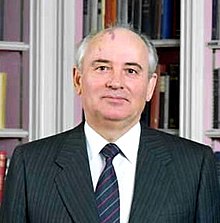
On December 26, the upper chamber of the Union’s Supreme Soviet voted both itself and the Soviet Union out of existence. The lower chamber, the Council of the Union, had been out of commission since December 12, when the recall of Russian deputies left it without a quorum. The following day Yeltsin moved into Gorbachev’s former office, though Russian authorities had taken over the suite two days earlier. By the end of 1991, the few remaining Soviet institutions that had not been taken over by Russia ceased operation, and individual republics assumed the central government’s role.
The Alma-Ata Protocol addressed issues such as UN membership following dissolution. Notably, Russia was authorized to assume the Soviet Union’s UN membership, including its permanent seat on the Security Council. The Soviet Ambassador to the UN delivered a letter signed by Russian President Yeltsin to the UN Secretary General dated December 24, 1991, informing him that by virtue of the Alma-Ata Protocol, Russia was the successor state to the USSR. After being circulated among the other UN member states and with no objections being raised, the statement was accepted on December 31, 1991.
The Commonwealth of Independent States (CIS) was founded in 1991 after the dissolution of the Soviet Union. Meetings are held periodically on a rotating basis at the CIS countries’ capitals. An informal summit was held in Sochi, Russia in July 2001. Forums include the Council of Heads of State, the Council of Prime Ministers, and the Council of Foreign Ministers.
USSR dissolved into 15 independent states— Armenia, Azerbaijan, Belarus, Georgia, Kazakhstan, Kyrgyzstan, Moldova, Russia, Tajikistan, Turkmenistan, Ukraine, and Uzbekistan.











